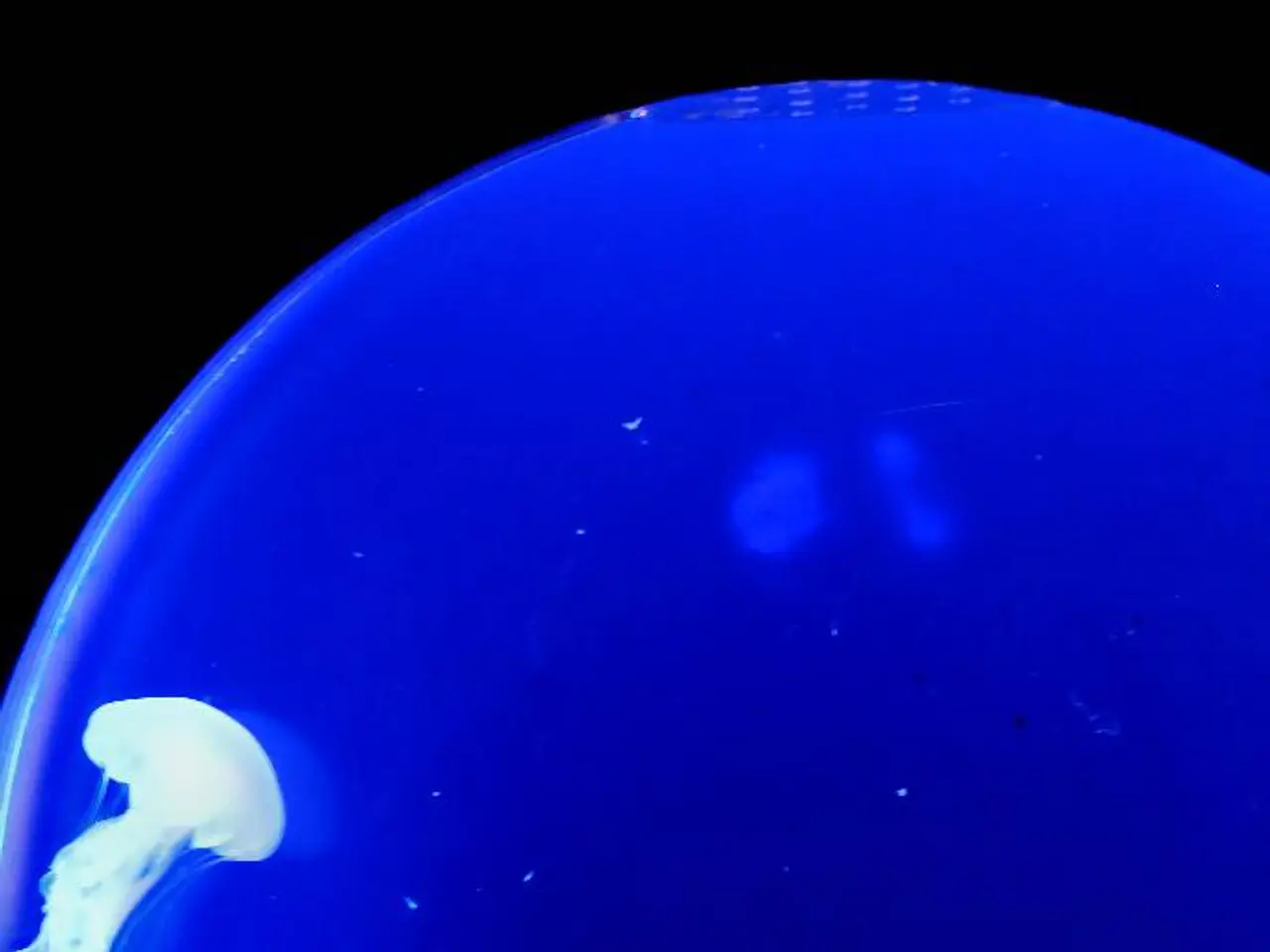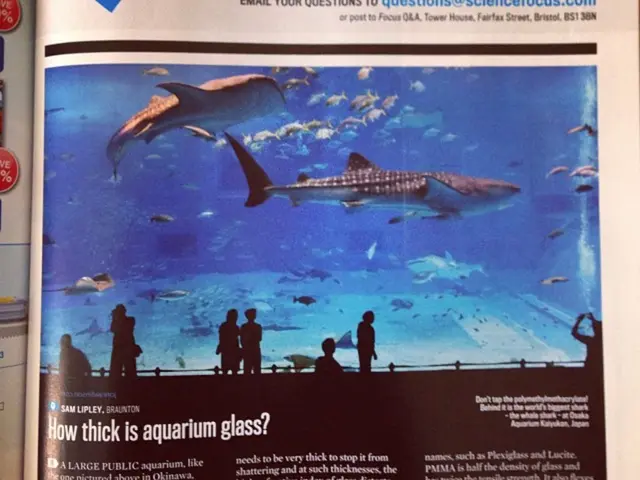Assessing Tire-Derived Toxins in Marine Life: A Novel Test to Gauge Risks to Marine Species and Ecosystems
Scientists at NOAA's Northwest Fisheries Science Center, in collaboration with the University of Washington, have developed a groundbreaking method to measure the toxic tire chemical 6PPD-quinone directly in marine life, including fish, shellfish, and marine mammals.
This new method allows for the extraction and quantitative analysis of 6PPD-quinone in complex tissues from various aquatic organisms. It is a significant step forward, as it enables scientists to assess environmental exposure of species to 6PPD-Q, a toxic chemical that forms when 6PPD, a common tire additive, reacts with ozone in the air.
The method is versatile, capable of testing tissues from finfish, shellfish, and even marine mammals. This broad scope allows researchers to assess the potential for 6PPD-Q to accumulate in species as it moves through aquatic food webs.
Moreover, the new method also measures other persistent pollutants, such as PCBs, PBDE flame retardants, organochlorine pesticides, and oil-related hydrocarbons. This comprehensive approach streamlines the analysis of these pollutants into existing protocols, assessing more pollutants in less time and for less cost.
The identification of 6PPD-quinone as the primary causal agent of "Urban Runoff Mortality Syndrome" has led to continued research on the chemical. NOAA's research aims to protect not only salmon, but the entire marine ecosystem by understanding how chemicals move through the marine environment.
The new method allows scientists to better understand how 6PPD-quinone affects different species and how it moves through marine ecosystems. This knowledge is crucial for finding ways to reduce the risk it poses to salmon and other species.
On the land, individuals can take steps to reduce polluted runoff entering waterways. Washing your car on a grassy area that can absorb and filter the water is a better option than washing it in the driveway where soap and grime can run into the street. Additionally, supporting green stormwater infrastructure projects that use natural systems like permeable pavement and rain gardens can help manage stormwater.
Commercial car washes treat their wastewater, preventing pollutants from entering the storm drain system. Highway construction in Washington and other states has begun to incorporate such solutions to reduce the risk of 6PPD-quinone to aquatic life.
In conclusion, the development of this new method marks a significant advancement in understanding and mitigating the effects of toxic chemicals on marine life. By working together, we can protect our marine ecosystems and ensure a healthier future for all.
Read also:
- Abu Dhabi initiative for comprehensive genetic screening, aiming to diagnose over 800 conditions and enhance the health of future generations in the UAE.
- Elderly shingles: Recognizing symptoms, potential problems, and available treatments
- Protecting Your Auditory Health: 6 Strategies to Minimize Noise Damage
- Exploring the Reasons, Purposes, and Enigmas of Hiccups: Delving into Their Origins, Roles, and Unsolved Aspects





